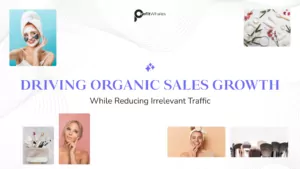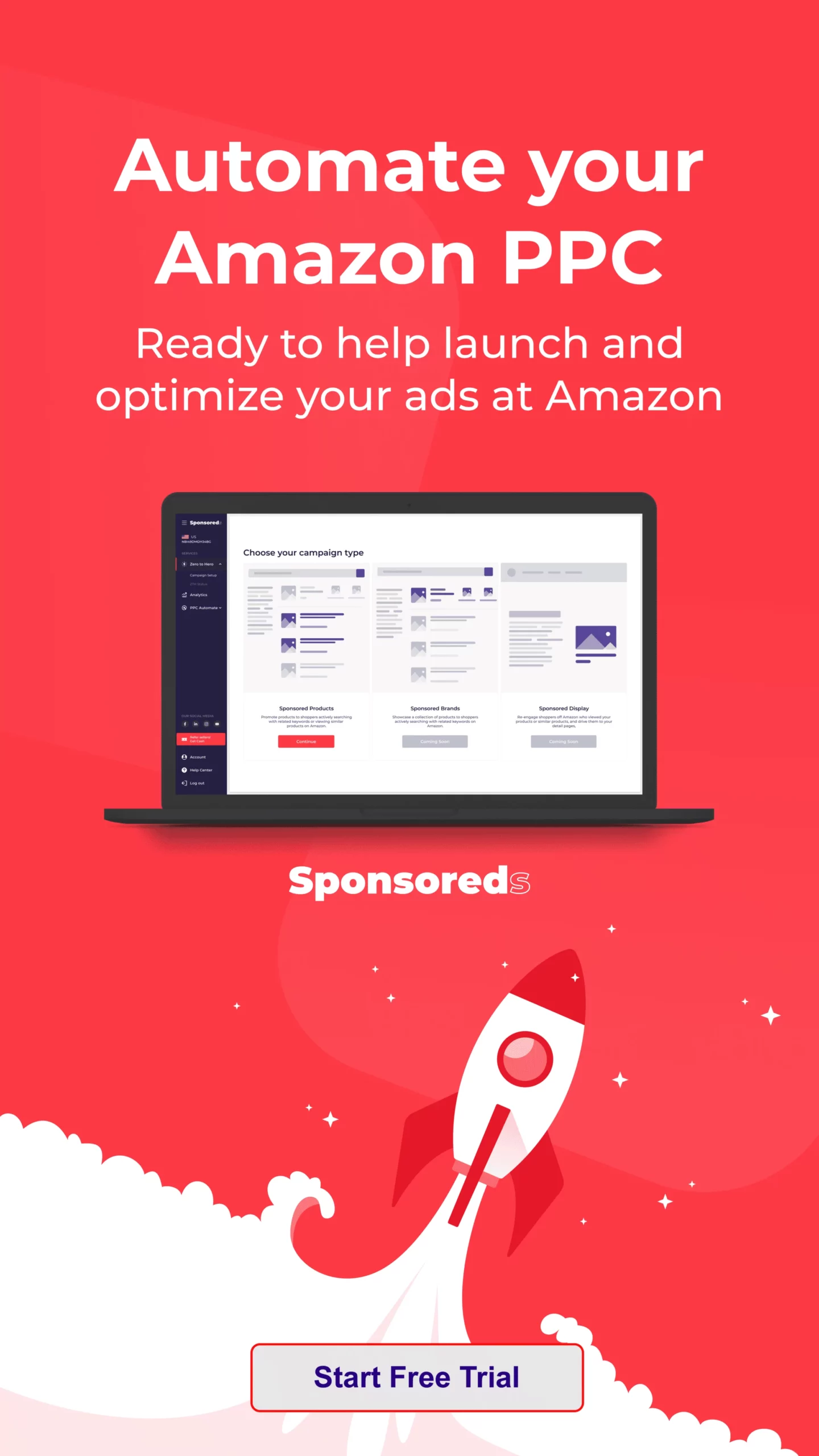Intro
In today’s digital marketplace, the ability to efficiently grow customer acquisition and sales figures stands as a testament to a brand’s marketing acumen and strategic foresight. However, for established brands in particular, this task comes bundled with its own set of unique challenges. Among these, the dual objectives of maximizing organic sales growth while minimizing wasteful advertising spend are perhaps the most daunting. These goals require not only an in-depth understanding of the brand’s audience but also a meticulous approach to campaign execution and optimization.
Our client, a well-established entity in their respective industry, found themselves at a crossroads. Despite a robust advertising budget and a strong market presence, they were struggling to translate their efforts into tangible sales growth. A significant portion of their advertising spend was being siphoned off by irrelevant traffic—visitors who, despite clicking through the ads, had little to no interest in the product offerings. This scenario was further complicated by the stagnation of organic sales growth; a critical indicator that their current strategies were not resonating as intended with their target audience.
The challenge was clear: How could we pivot our strategy to cut through the noise of the digital advertising space, reduce the influx of irrelevant traffic, and harness the potential of organic sales channels? The answer lay in a comprehensive overhaul of our marketing tactics, grounded in data-driven insights and creative innovation.
Embarking on this journey, we were guided by a commitment to not just meet, but exceed our client’s expectations. Our aim was to not only address the immediate concerns of wasted spend and stagnant sales but to lay the groundwork for sustainable growth. This case study delves into the strategic pivots and initiatives we undertook to turn these challenges into opportunities, highlighting our holistic approach to digital marketing excellence.
Challenge
In the digital age, visibility and engagement are paramount for any brand aspiring to grow its market presence. However, achieving this in a cost-effective manner, particularly for established brands with significant market presence, involves navigating a maze of marketing complexities. Our client was no exception and faced multifaceted challenges that threatened the efficiency of their advertising efforts and the growth of their organic sales.
High Volume of Irrelevant Traffic
The first major hurdle was the significant amount of irrelevant traffic being attracted through the client’s advertising campaigns. Despite a substantial investment in various digital advertising channels, a large proportion of the traffic did not engage meaningfully with the brand’s offerings. This was indicative of a misalignment between the target audience and the actual audience being reached through these campaigns. The repercussions were twofold: not only was there a tangible waste of advertising spend, but the clutter of non-interested traffic also diluted the brand’s marketing messages, making it harder to reach and resonate with potential customers.
Stagnant Organic Sales Growth
Compounding the issue of wasted advertising spend was the stagnation of organic sales growth. Organic growth is often seen as a litmus test for a brand’s market fit and appeal. In this case, the numbers were clear; despite enjoying high brand recognition and having a well-established market presence, the conversion rates and organic sales figures were not reflecting anticipated growth trajectories. This stagnation was a clear signal that the brand’s marketing strategies were not fully tapping into the potential of their target audience, necessitating a reevaluation of their approach to organically attract and convert customers.
The Need for Strategic Overhaul
Faced with these challenges, the path forward required more than just tactical adjustments; it demanded a strategic overhaul of the brand’s approach to digital marketing. The dual challenges of reducing irrelevant traffic and jumpstarting organic sales growth needed to be addressed through a cohesive strategy that would realign the brand’s marketing efforts with its core audience’s interests and behaviors. This realignment was critical not only to improve the efficiency of advertising spend but also to ensure that the brand could sustainably grow its organic market presence in a competitive digital landscape.
In sum, the challenge was not just to rectify inefficiencies in advertising spend or to boost short-term sales figures. The real challenge was to architect a marketing strategy that would fundamentally improve how the brand engages with its digital audience, enhancing the relevance of traffic to its digital properties and revitalizing the brand’s organic growth potential.
Solution
Our approach to overcoming these challenges was multi-faceted, involving close collaboration between our PPC and Design teams.
PPC Team Strategy
The PPC team focused on refining our advertising approach through:
- Optimization of Sponsored Product Campaigns: We incrementally adjusted bids for products showing favorable conversion rates, ensuring a higher return on advertising spend (ROAS).
- Data-Driven Decision Making: Regular analysis of campaign performance data guided our optimization efforts, allowing for tactical adjustments to reduce irrelevant traffic.
Design Team Strategy
Simultaneously, the Design team worked to enhance the visual appeal and effectiveness of our product pages by:
- Creating Compelling Content: Development of engaging videos and visuals aimed at capturing the interest of a broader demographic.
- Page Optimization: Enhancements were made to the product pages to improve user experience and engagement, making the pages not only more appealing but also more likely to convert visitors into customers.
Results
The strategic adjustments implemented by both teams led to remarkable outcomes:
- Organic Sales: Increased dramatically to $115,178 in March from $12,626 in February.
- Impressions and Clicks: Impressions decreased from 3,931,105 to -1,966,359, and clicks reduced to 13,030 from -6,484, effectively lowering irrelevant traffic while maintaining quality engagements.
- Conversion and Click-Through Rates: Both metrics saw improvements, with CVR and CTR demonstrating consistency and slight increases, signaling more effective targeting and engagement strategies.
This integrated approach not only reduced irrelevant traffic and advertising costs but also increased organic sales, highlighting the efficacy of our tailored marketing strategies.
Conclusion
By addressing the dual challenges of high irrelevant traffic and stagnant organic sales growth with a cohesive and strategic solution, we were able to significantly reduce advertising spend while boosting organic sales. This case study exemplifies the importance of a synchronized approach between PPC optimization and creative design enhancements in driving effective marketing outcomes. Our success underscores our dedication to overcoming marketing challenges with innovative solutions that deliver real value to our clients.






